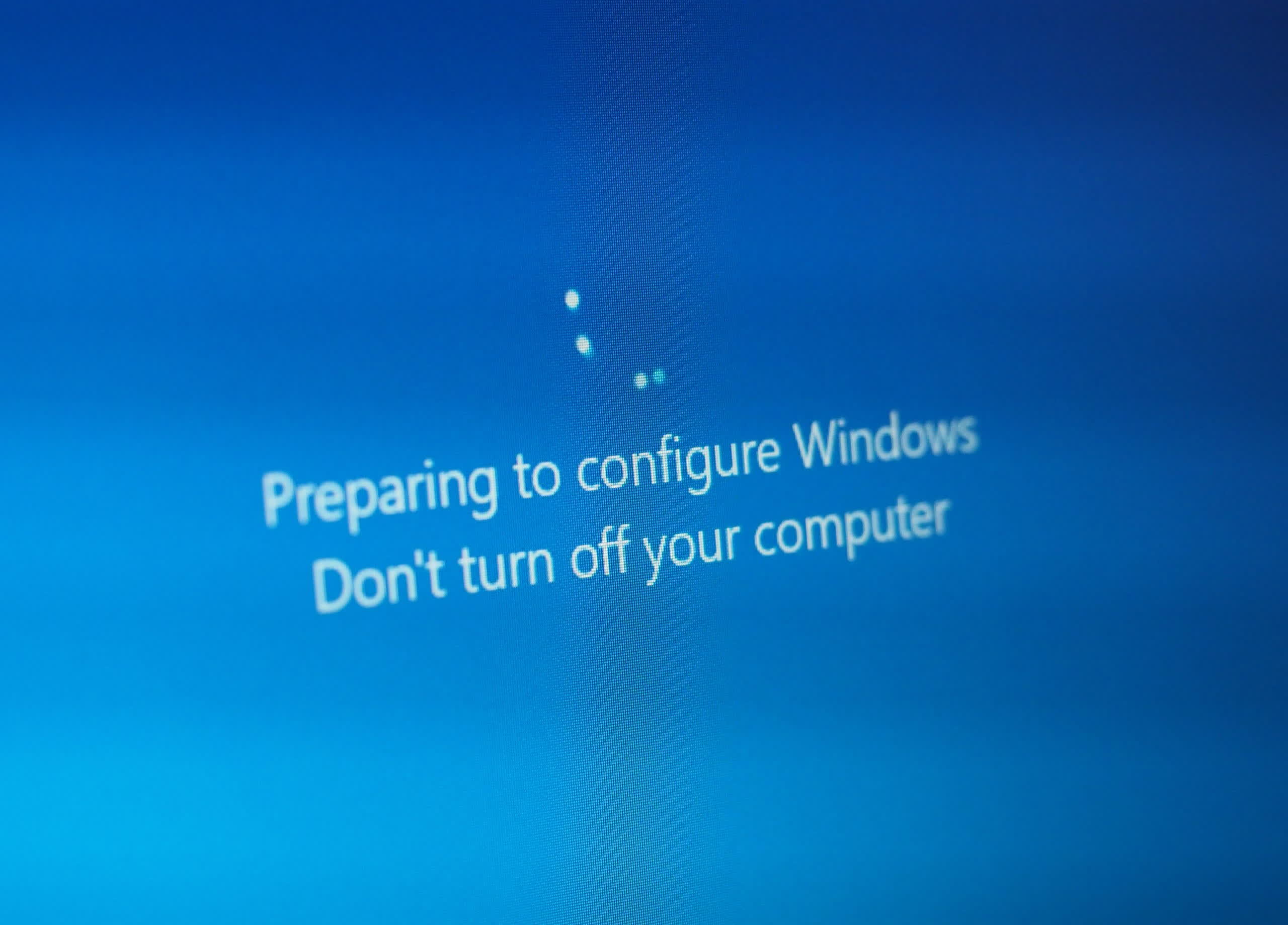Cutting corners: Microsoft introduced Windows Server Update Services in 2005 as an improvement over previous software update mechanisms, designed for Windows patch downloads and servicing. Two decades later, one of the most popular tools in the Windows enterprise ecosystem is losing features ahead of its planned, definitive demise.

Microsoft already told its enterprise customers that Windows Server Update Services (WSUS) will eventually go the way of the dodo. While the service will continue to function for now, it will no longer receive development updates as the company shifts its focus to streamlined, cloud-based Windows management platforms.
Recently, Microsoft reiterated that WSUS will soon lose some of its existing functionality. According to a new deprecation announcement, starting April 18, 2025, WSUS will stop synchronizing updates for Windows drivers. In on-premises environments – such as those used by traditional end customers, small office/home office (SOHO) setups, and small businesses – drivers will instead need to be downloaded directly from Microsoft's official Update Catalog.
New dark wallpaper in Windows Server 2025
However, Microsoft warns that these downloads cannot be directly imported into WSUS. Alternative methods will be required to keep drivers up-to-date outside the platform. The company strongly encourages its customers to transition to cloud-based solutions such as Microsoft Intune and Windows Autopatch. For resourceful administrators, there remains the option to integrate custom driver packages into their Windows images prior to deployment.
In its original announcement regarding WSUS deprecation, Microsoft noted that only a small portion of WSUS users (34%) were still using driver synchronization. Among these, most had already implemented alternative solutions, while only 8% expressed concern about the potential impacts of deprecation.
Microsoft clarifies that "deprecation" refers to the stage in a product's lifecycle when a feature is no longer actively developed. Deprecated features may be completely removed in future releases, though they should continue to work until they are no more.
Judging from on Microsoft's latest announcement on the Windows Message Center, the deprecation of WSUS driver synchronization means the feature will no longer be available starting this April. This decision is part of an ongoing trend where Microsoft removes long-standing features from its software and cloud services.
The extensive list of deprecated features in Windows 11 is just the tip of the iceberg. As the WSUS case clearly shows, no single customer is really safe from Microsoft's chopping block.
